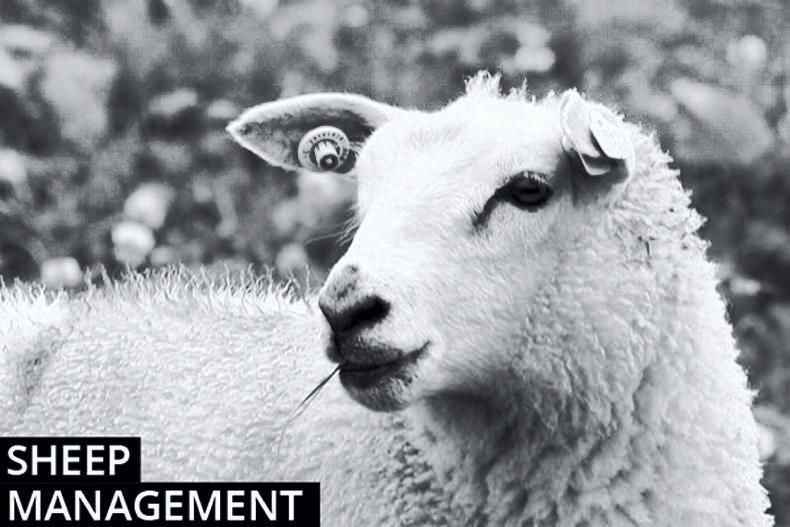Recent Teagasc research, outlined at Wednesday’s technical day in Athenry, has shown no major differences in meat flavour between ram and wether lambs. Management also has to be taken into account in decisions. Ram lambs will achieve higher performance than wether lambs, but as the season progresses, it will be significantly more difficult to get the required fat cover on rams in the absence of access to top-quality grazing or supplementation. The farm infrastructure should also allow for ram lambs to be grazed separate to ewe lambs post-weaning or before ram lambs start to become active. The decision will boil down to farmer preference and management factors described above. The trade-off for many at this stage of the year is leaving strong lambs entire with a view to finishing in the coming months, with some producers targeting the Muslim festival of Eid al-Adha at the start of September, while lighter lambs that will not be finished until later in the year or cannot be managed as a separate group will be castrated.
Burdizzo
The burdizzo method of castration can be carried out before lambs reach three months of age. There are a number of associated practices that should be undertaken. Lambs should receive a clostridial disease vaccine in advance of castration to guard against tetany, while blowfly treatment should also be administered, with lambs likely to spend more time lying down in the immediate period post-castration and, as such, face a greater risk of fly strike. When using a burdizzo, be careful to ensure the jaws are closed and opened quickly, as delayed opening can result in injury and swelling. Also, make sure before closing that the testicles are in the scrotum and the urinary tract is avoided. The castration site should overlap from each side but not meet.
Read more
Productive grassland is key driver of high-output systems
Watch: Donegal farmer reclaims moorland for grazing
Lamb prices variable
Recent Teagasc research, outlined at Wednesday’s technical day in Athenry, has shown no major differences in meat flavour between ram and wether lambs. Management also has to be taken into account in decisions. Ram lambs will achieve higher performance than wether lambs, but as the season progresses, it will be significantly more difficult to get the required fat cover on rams in the absence of access to top-quality grazing or supplementation. The farm infrastructure should also allow for ram lambs to be grazed separate to ewe lambs post-weaning or before ram lambs start to become active. The decision will boil down to farmer preference and management factors described above. The trade-off for many at this stage of the year is leaving strong lambs entire with a view to finishing in the coming months, with some producers targeting the Muslim festival of Eid al-Adha at the start of September, while lighter lambs that will not be finished until later in the year or cannot be managed as a separate group will be castrated.
Burdizzo
The burdizzo method of castration can be carried out before lambs reach three months of age. There are a number of associated practices that should be undertaken. Lambs should receive a clostridial disease vaccine in advance of castration to guard against tetany, while blowfly treatment should also be administered, with lambs likely to spend more time lying down in the immediate period post-castration and, as such, face a greater risk of fly strike. When using a burdizzo, be careful to ensure the jaws are closed and opened quickly, as delayed opening can result in injury and swelling. Also, make sure before closing that the testicles are in the scrotum and the urinary tract is avoided. The castration site should overlap from each side but not meet.
Read more
Productive grassland is key driver of high-output systems
Watch: Donegal farmer reclaims moorland for grazing
Lamb prices variable






 This is a subscriber-only article
This is a subscriber-only article










SHARING OPTIONS: